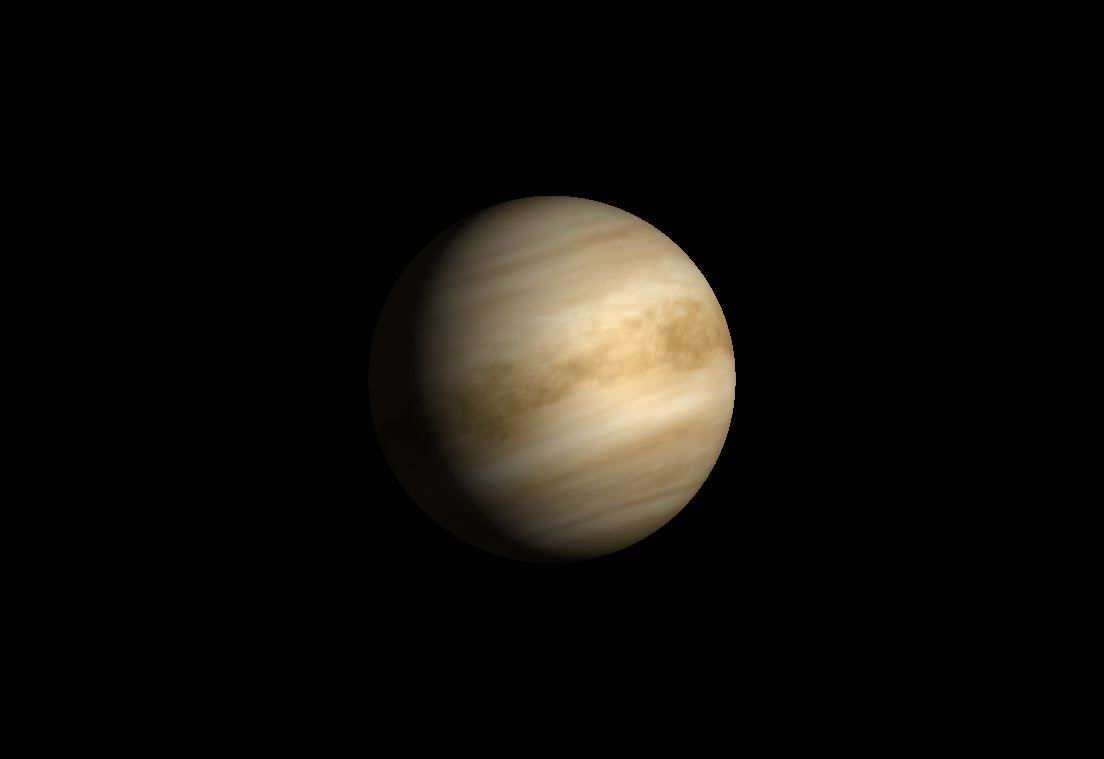Meteor Shower and Dancing Planets to Grace July Night Sky

Summer planets, constellations and a late-month meteor shower should combine to make July a skywatching treat, weather permitting.
The Delta Aquarid meteor shower graces the night sky at the end of July, and during the month, the constellations Scorpius and Sagittarius shine, pointing the way to other celestial sights.
"The Scorpion is easy to trace in the sky," Nancy Calo from the Space Telescope Science Institute said during her narration of a video highlighting July stargazing. "Its head, curved tail, and venomous stinger are prominent."
"At the Scorpion’s heart lies a reddish star," Calo added. "At the Scorpion’s heart lies a reddish star. Its color closely resembles that of Mars, known to the Greeks as Ares. Ancient Greek stargazers, contemplating these two crimson objects, named the star Antares, which means 'rival of Ares.'" [See Sky Maps of July Stargazing Events (Photos)]
Weather permitting, stargazers with small telescopes will be able to see the M4 globular cluster of stars in Scorpius to the right of Antares, Calo added.
The constellation Sagittarius can be spotted by locating a group of stars called the Teapot. In dark areas, it looks like the Milky Way is rising from the spout of the kettle.
Night and day planets
Get the Space.com Newsletter
Breaking space news, the latest updates on rocket launches, skywatching events and more!
Saturn and Venus start off the month as evening planets. Venus will appear low in the west at twilight, while Saturn rises as the sky darkens. A well aimed telescope will allow stargazers to see the planet's rings.
The moon and Saturn will be in the same part of the sky on July 15 and 16, and Saturn's third largest moon Iapetus can also be seen this month.
Earth is well positioned to be seen from Saturn in July as well. The Cassini spacecraft, in orbit around the ringed wonder, will take a photo of Earth from Saturn on July 19. Earth will be placed past the planet's rings as the spacecraft snaps a photo of Earth in the background.
Venus and Saturn aren't the only planets visible in the July sky. Mars and Jupiter can be seen in the east, above the horizon, but it will be easier to see both of them as they appear higher in the sky later in the month.
Pluto is directly opposite the sun or at opposition today (July 1), although the dwarf planet is hard to spot. Only a large telescope can detect it against the backdrop of the bright stars of the Milky Way.
Spy the stars
Some deep-space objects in Sagittarius' region of the sky can be seen with binoculars and the naked eye this month.
The M22 globular cluster is about 10,000 light-years from Earth and can be seen without binoculars or a telescope.
The Omega, Lagoon and Trifid nebulas all shine brightly through binoculars in July, although the hottest stars in the Omega Nebula are obscured by gas and dust. The young stars in the Lagoon Nebula make the gas and dust in the nebula shine brilliantly.
"In the three-lobed Trifid Nebula, dark dust lanes appear etched against the radiance of glowing gas," Calo said.
The online Slooh Space Camera will host a webcast featuring views of the supernova 2013df tomorrow (July 2) at 7 p.m. EDT (2300 GMT). The supernova was discovered in June, erupting in the spiral galaxy NGC 4414. You can watch the supernova webcast on SPACE.com or directly through Slooh (http://www.events.slooh.com).
Slooh will broadcast live shots from an observatory in the Canary Islands, but the supernova is also visible with an 8 inch (20 centimeter) or larger backyard telescope in the night sky.
End-of-month meteors
The Delta Aquarid meteor shower is expected to peak from July 28 to 29, but the moon could make it difficult to see many meteors this year.
"Watch for meteors radiating from the southeast after midnight," Calo said. "Skywatchers could see up to 20 yellowish meteors per hour, although moonlight will make it difficult to see faint meteors."
Although scientists aren't exactly sure which comet's trail of dust and debris gives rise to the Delta Aquarids each year, they think that the meteor shower is created when the Earth passes through the trail left by a Comet 96P/Machholz, spotted by amateur astronomer Don Machholz in 1986.
So between the constellations, planets and meteor shower, there's no shortage of stargazing targets to seek out in July. Good luck and clear skies!
Editor's Note: If you have an amazing picture of any night sky view that you'd like to share for a possible story or image gallery, send photos, comments and your name and location to managing editor Tariq Malik at spacephotos@space.com.
Follow Miriam Kramer on Twitter and Google+. Follow us on Twitter, Facebook and Google+. Original article on SPACE.com.
Join our Space Forums to keep talking space on the latest missions, night sky and more! And if you have a news tip, correction or comment, let us know at: community@space.com.

Miriam Kramer joined Space.com as a Staff Writer in December 2012. Since then, she has floated in weightlessness on a zero-gravity flight, felt the pull of 4-Gs in a trainer aircraft and watched rockets soar into space from Florida and Virginia. She also served as Space.com's lead space entertainment reporter, and enjoys all aspects of space news, astronomy and commercial spaceflight. Miriam has also presented space stories during live interviews with Fox News and other TV and radio outlets. She originally hails from Knoxville, Tennessee where she and her family would take trips to dark spots on the outskirts of town to watch meteor showers every year. She loves to travel and one day hopes to see the northern lights in person. Miriam is currently a space reporter with Axios, writing the Axios Space newsletter. You can follow Miriam on Twitter.









